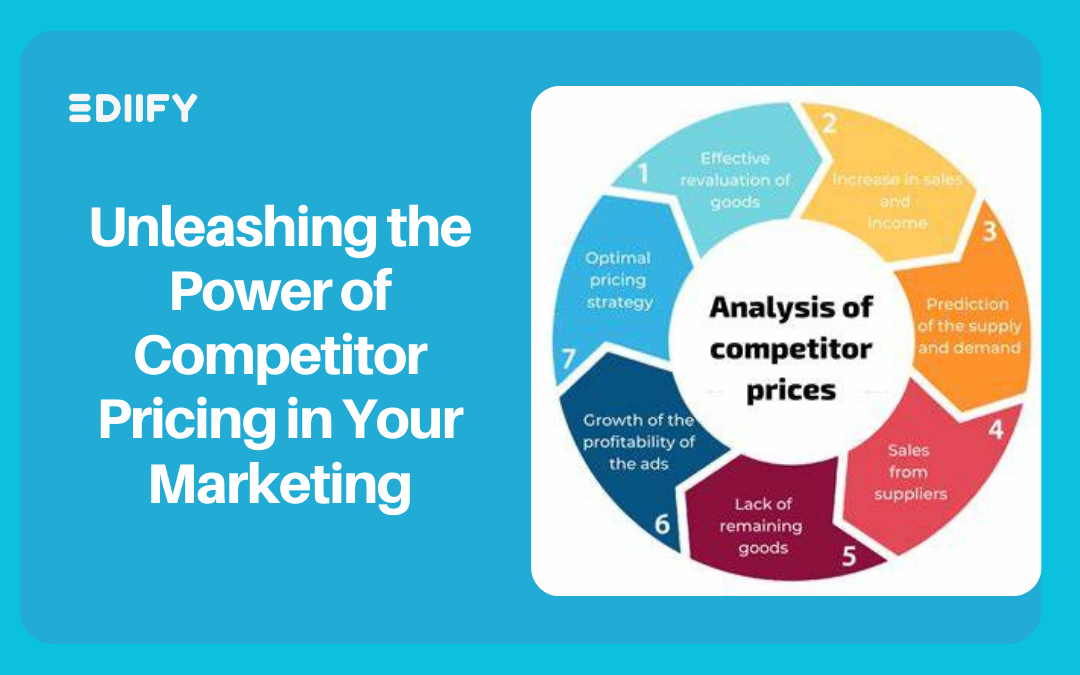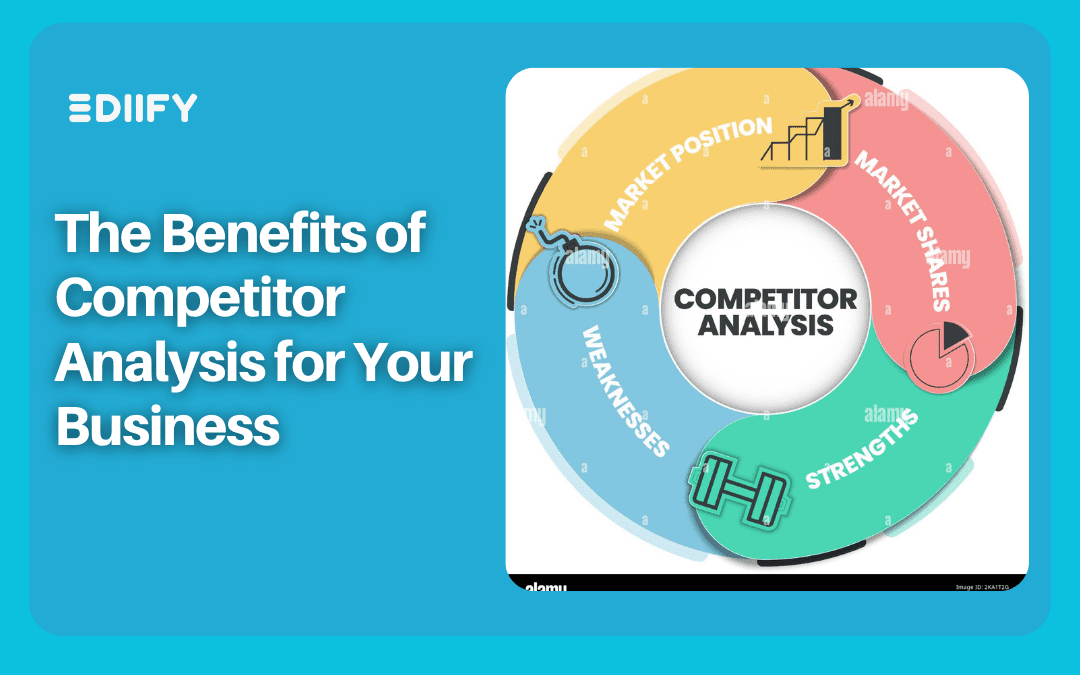
Unleashing the Power of Competitor Pricing in Your Marketing
Introduction
In the dynamic and fiercely competitive realm of business, determining the optimal price for your products or services is a cornerstone of success. An indispensable facet influencing pricing decisions is the scrutiny of competitor pricing. Competitor pricing involves the strategic calibration of your offerings based on the pricing strategies employed by your competitors in the market. Definition of competitor pricing.
in the relentless pursuit of staying ahead in an ever-evolving marketplace, comprehending competitor pricing emerges as a pivotal element in the formulation of pricing strategies. This approach necessitates meticulous observation, astute analysis, and strategic decision-making to ensure that your prices not only remain competitive but also align with market expectations. This blog will explore the essence of competitor pricing, its significance, and how businesses can harness it for sustainable growth.
Competitor pricing transcends the mere act of matching or undercutting the prices set by rivals; it involves striking a delicate balance that reflects the value of your offerings while remaining competitive in the market. This strategic approach entails studying the pricing strategies of competitors, analyzing their product positioning, and dynamically adjusting your prices accordingly.
1. Market Research:
A robust foundation for competitor pricing lies in thorough market research. Understanding the pricing landscape of competitors provides valuable insights into consumer expectations, industry standards, and potential differentiators.
2. Value Proposition:
While acknowledging the prices set by competitors, it is equally critical to assess the unique value your product brings to the table. If your offering boasts distinctive features or superior quality, justifying a higher price point may be not only reasonable but advantageous. definition of competitor pricing.

3. Dynamic Nature:
Competitor pricing is fluid, influenced by factors such as market demand, economic conditions, and shifts in consumer preferences. Regular monitoring and adaptation to these changes are imperative for maintaining competitiveness. definition of competitor pricing.
Take a look at the competitive pricing
https://dealhub.io/glossary/competitive-pricing/
4. Positioning:
Aligning your pricing strategy with your brand positioning is paramount. Whether positioning your brand as a premium choice, a budget-friendly option, or somewhere in between, your pricing should seamlessly support and reinforce that brand image.

Conclusion:
Competitor pricing transcends being a mere reactionary measure; it evolves into a proactive strategy with a profound impact on a business’s bottom line. By comprehending the intricate dynamics of competitor pricing, businesses can confidently navigate the market, ensuring their products are competitively priced without compromising on inherent value.
In a world where consumer choices abound, businesses mastering the art of competitor pricing are better positioned to thrive. Regular assessment and adaptation to changes in the competitive landscape empower businesses to set prices that resonate with their target audience, ultimately fostering growth, customer loyalty, and enduring success.
Take a look at the competitor of analysis of business
https://ediify.com/project/the-impact-of-competitor-analysis-on-your-business/




